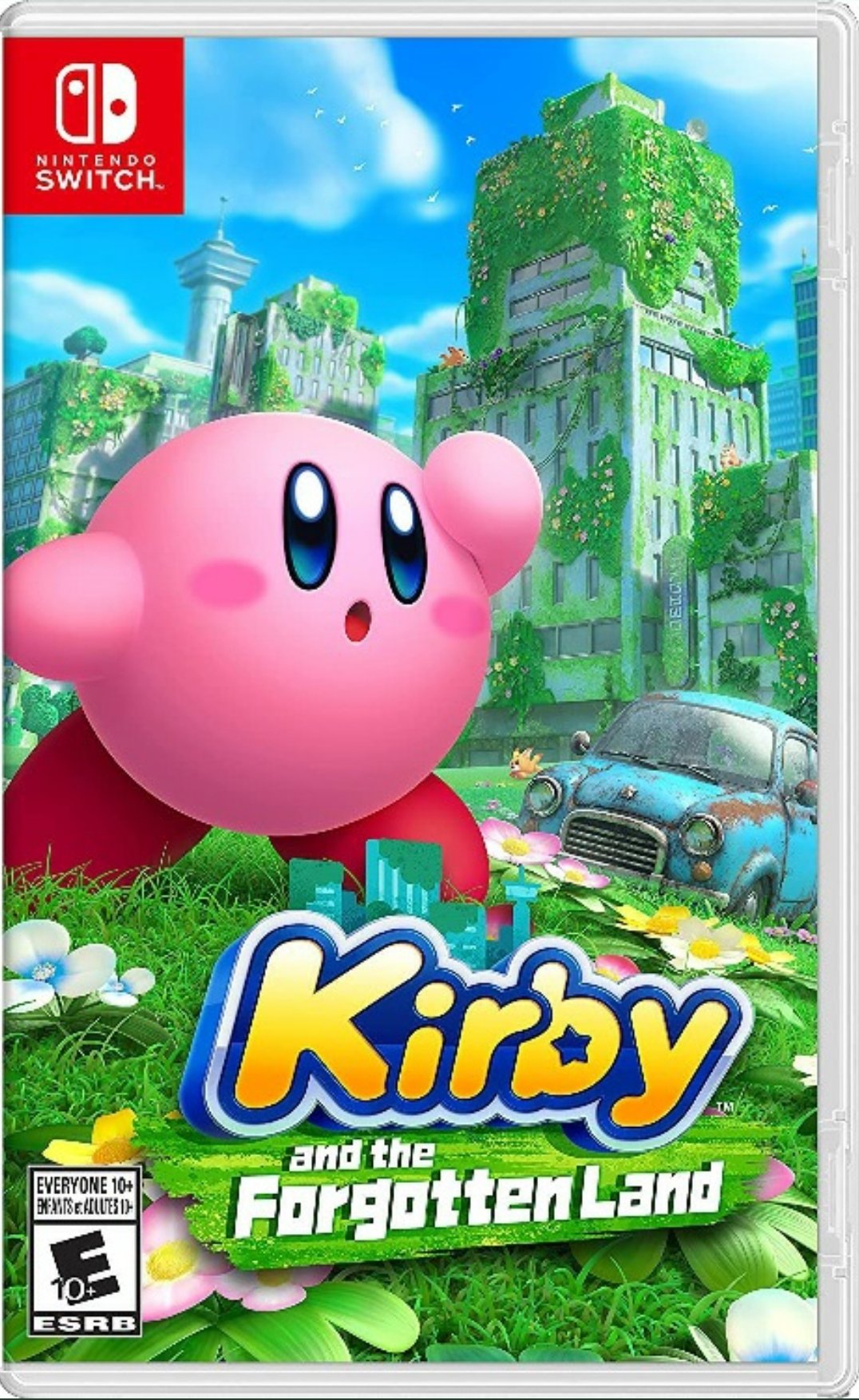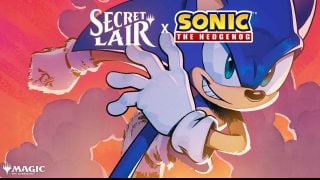Nintendo just released a lengthy interview with four Kirby and the Forgotten Land developers: Nintendo Associate Producer Kei Ninomiya, HAL General Director Shinya Kumazaki, HAL Director Tatsuya Kamiyama, and Level Designer Director Yuki Endo. The following notes were taken from a DeepL translation of the original Japanese text, though after the transcription we found an official translation on the Nintendo UK site. Either way, here’s everything you need to know:
- For about 11 years, Kirby’s traditional action (aka 2D gameplay) hasn’t meshed with the 3D capabilities of Nintendo consoles. Through trial and error, spinoffs like Kirby’s Blowout Blast, and iterations in the main series, they were gradually able to build to the point where they could build a legitimate 3D entry. Still, there was internal debate at HAL whether to make a 3D game or a 2D one.
- In bringing the pink puffball to 3D, the team had to adjust for even simple actions like jumping, sucking enemies in, and swallowing. So the team had to think hard about how to make those actions fluid and simple in 3D for players to understand.
- Even Kirby’s general body shape presented an issue in 3D — because his back is round and featureless, if he’s turned away from the camera it can be less intuitive to tell exactly where he’s looking.
- Creating the environment was also a challenge, as the team had one more dimension than usual. As such, developing a tool to more easily model the 3D environment was important in keeping things efficient.
- The core philosophy of the Kirby series has always been about making a game so simple anyone can play — the devs speak of it being able to be played by three year-olds. And so they struggled a lot with making a 3D action game like a 2D one.
- The developers realized that if they simply expanded Kirby level design to a 3D environment, players would no longer be left with a binary choice of how to proceed (Jump or Attack) but could simply skirt by at whatever angle they wished. So they tried increasing enemy density a lot to compensate. Kirby would end up surrounded by so many enemies that the developers (who love Kirby with all their heart) began to feel awful — “We were reluctant to create a scene that would cause Kirby to suffer.” So they ended up going with less enemies and a more “idyllic” feel, so that younger or less experienced players could have an easier time.
- Trying to make attacking enemies was a challenge in itself. The aforementioned difficulty in telling where Kirby is facing exactly from the back makes it difficult to aim, and Kirby’s Blowout Blast’s solution to the issue (an arrow that would always show where you’re pointed) felt tacky in a full-fledged game. So they use a form of aim assist — the translation is fuzzy, but the game will adjust your attacks to zero in on the enemies as long as they’re pointed enough in the right direction.
- The team also had to adjust copy abilities (Sword, Fire, etc.) to work in 3D.
- In 3D, it can even be more difficult to tell when you’ve landed, meaning that players could start floating after a jump when they just meant to do another jump. As such, the team had to do more finagling and adjustments to make up for it.
- They also had to think of how to streamline the level design so players can’t get lost. They even put down fluorescent tape to show the way in some areas.
- The developers found that one thing beginners struggle with in 3D games is the camera, so they opted for fixed camera angles. This way they’re able to streamline the experience and make it more comfortable for players, which is their ultimate goal.
- Besides all the 3D difficulties, Forgotten Land of course adds new mechanics like Mouthful Mode. This new ability was born from the devs thinking about Kirby’s ability to squash and stretch and what it would be like if he inhaled something he couldn’t swallow. This idea worked particularly well in 3D, as the shapes Kirby can become are more defined and versatile.
- The “abandoned civilization” setting came from Mouthful Mode — the crew thought it would be natural for the ability to work with old, abandoned fixtures — cars, pipes, and so on — and naturally came to the setting from there.
- The setting is explicitly not post-apocalyptic — the team worked hard to make sure that the abandoned areas were more somber and gentle as opposed to scary and decrepit — “A closed building can become a horror story if you make a wrong move…” The world of civilization is now in harmony with nature that has reclaimed it, and the team added a lot of greenery and other naturalistic details.
- They made their own alphabet and language for the game’s past civilization, in order to add to the sense of immersion the players will experience.
- Some stages were designed from a thematic perspective, some from a design perspective, and some from both. “Emotional play” is important to these games, but the stage is always designed first. They tried hard to make the stages look like real places rather than video game levels.
- The developers wanted to increase the “range of play” by keeping Kirby’s famously low skill floor low but also raising the skill ceiling slightly by improving upon what Kirby can do.
- This is where Waddle Dee Town comes in — a non-platforming element that expands on traditional Kirby gameplay by giving you the ability to take food along and evolve your Copy Abilities. There are also figurines to collect and a café to work at.
- Bosses are tougher than in previous games, but can be overcome with the help of Waddle Dee Town’s benefits.
- When playing with a 2p Bandana Waddle Dee, the camera stays on both players at the same time for comfort.
- They also added a more difficult option for players who prefer a challenge, called “Wild Mode.” They especially cite “overseas players” in the decision.
- The game has more text and UI than the average Kirby game, so the team worked closely with localizers to ensure accuracy and constructed several portions in English first. They were careful to make the text easy and readable for audiences across the globe.
- The developers hope that they can use what they’ve learned from Forgotten Land to make more and better Kirby games going forward, sticking to the series’ core ethos of simplicity while still being able to be enjoyed by veterans.
I now respect the Kirby developers more than any other human beings alive. Look at the love and care and attention they put into their little game. It’s enough to bring a tear to my eye.
Kirby and the Forgotten Land releases tomorrow, March 25th.
Leave a Comment



